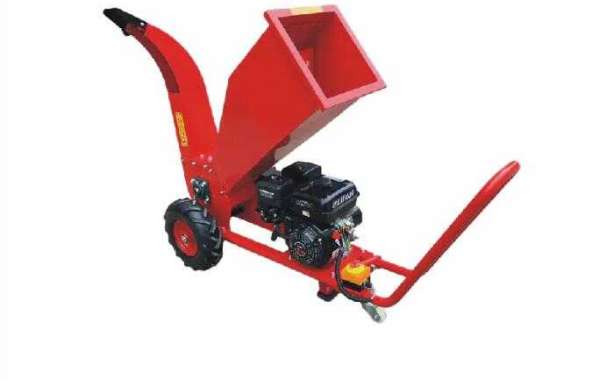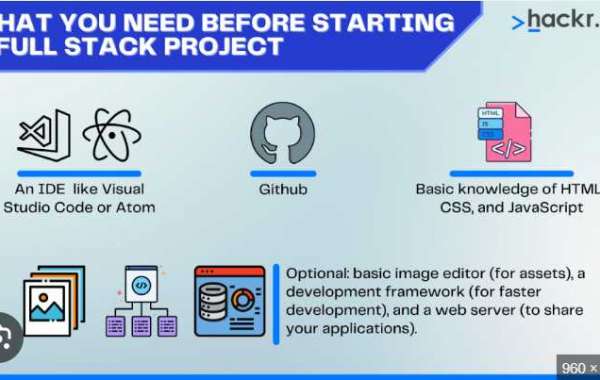Introduction
In the world of cryptocurrency trading, managing fees is a crucial aspect of maximizing profitability. Trading fees, including those related to buying, selling, and transferring assets, can significantly impact overall returns. Trading bots, automated tools designed to execute trades based on predefined criteria, have become increasingly popular among crypto traders. This article explores the impact of trading bot crypto on crypto trading fees, how they influence transaction costs, and strategies to optimize fee management.
1. Understanding Crypto Trading Fees
1.1 Types of Trading Fees
Crypto trading fees typically include:
Exchange Fees: Charges imposed by cryptocurrency exchanges for executing trades. These can be maker fees (for providing liquidity) or taker fees (for consuming liquidity).
Transaction Fees: Fees related to transferring cryptocurrency between wallets or exchanges. These are often determined by network congestion and transaction size.
Withdrawal Fees: Fees for withdrawing funds from an exchange to a personal wallet.
1.2 Fee Structures
Exchanges may have different fee structures, including:
Flat Fees: A fixed percentage applied to all trades regardless of size.
Tiered Fees: Fees that decrease as trading volume increases.
Dynamic Fees: Fees that vary based on market conditions and liquidity.
2. How Trading Bots Affect Trading Fees
2.1 Frequency of Trades
Trading bots can execute trades at high frequency, often leading to increased trading volumes. This high frequency can influence trading fees in several ways:
Increased Transaction Costs: More frequent trades may lead to higher aggregate fees, especially on exchanges with flat fee structures.
Potential for Reduced Fees: Exchanges with tiered fee structures might offer reduced fees for higher trading volumes, potentially offsetting some costs.
2.2 Impact on Fee Tiers
Many exchanges use tiered fee structures, where trading fees decrease as the volume of trades increases. Trading bots that execute high-frequency trades can help traders reach higher fee tiers, thereby reducing the cost per transaction. However, this benefit depends on the specific fee structure of the exchange and the volume of trades executed.
2.3 Efficient Trade Execution
Trading bots can optimize trade execution by:
Minimizing Slippage: Bots can use advanced algorithms to reduce the difference between expected and executed prices, helping to avoid additional costs associated with slippage.
Strategic Order Placement: Bots can place orders strategically to take advantage of market conditions and reduce transaction costs.
3. Strategies to Optimize Trading Fees with Bots
3.1 Choosing the Right Exchange
Select an exchange with a favorable fee structure for your trading style. Look for exchanges with tiered or volume-based fee discounts that can benefit high-frequency trading strategies.
3.2 Configuring Trading Bots for Fee Efficiency
Optimize your trading bot’s settings to manage fees effectively:
Trade Size and Frequency: Adjust trade sizes and frequencies to align with fee structures and avoid excessive costs.
Order Types: Use limit orders instead of market orders to potentially reduce taker fees and control slippage.
3.3 Monitoring and Analyzing Fees
Regularly monitor and analyze the impact of trading fees on your overall trading performance. Review trading bot performance reports to assess how fees affect profitability and make adjustments as needed.
4. Comparing Costs Across Different Bots
4.1 Bot Subscription Costs
Trading bots often come with subscription fees or charges based on usage. Consider these costs when evaluating the overall impact on your trading fees. Compare the benefits of various bots against their subscription costs to determine their overall value.
4.2 Hidden Fees
Some trading bots may have hidden costs or additional charges. Carefully review the terms of service and fee structures associated with different bots to ensure transparency and avoid unexpected expenses.
5. Evaluating Long-Term Fee Impact
5.1 Total Cost of Ownership
Calculate the total cost of ownership for using a trading bot, including subscription fees, trading fees, and any additional costs. Compare this total cost with the potential benefits and savings achieved through optimized trading strategies.
5.2 ROI and Fee Efficiency
Assess the return on investment (ROI) of using a trading bot by evaluating how effectively it manages trading fees. Consider factors such as improved trading efficiency, fee reductions, and overall profitability.
6. Conclusion
Trading bots can have a significant impact on crypto trading fees, influencing both transaction costs and overall trading expenses. By understanding fee structures, optimizing bot settings, and selecting the right exchanges, traders can manage and potentially reduce their trading costs. Regular monitoring and analysis are essential to ensure that trading bots enhance fee efficiency and contribute to overall profitability. As with any trading tool, careful consideration and strategic planning are key to maximizing the benefits of trading bots and managing their impact on trading fees.
FAQs
How do trading bots influence crypto trading fees?
Trading bots can affect fees by increasing trading frequency, influencing fee tiers, and optimizing trade execution to manage costs effectively.
What are tiered fee structures, and how can they benefit traders using bots?
Tiered fee structures offer reduced fees for higher trading volumes. Trading bots can help traders achieve higher volume tiers, potentially lowering costs per transaction.
How can I configure my trading bot to reduce trading fees?
Adjust trade sizes and frequencies, use limit orders, and choose exchanges with favorable fee structures to optimize fee management.
What should I consider when evaluating trading bot subscription costs?
Compare subscription fees, evaluate hidden costs, and assess the overall value of the bot in relation to its benefits and fee management capabilities.
How can I monitor and analyze the impact of trading fees on my performance?
Regularly review performance reports, calculate total trading costs, and assess how fees affect overall profitability to make informed adjustments.










